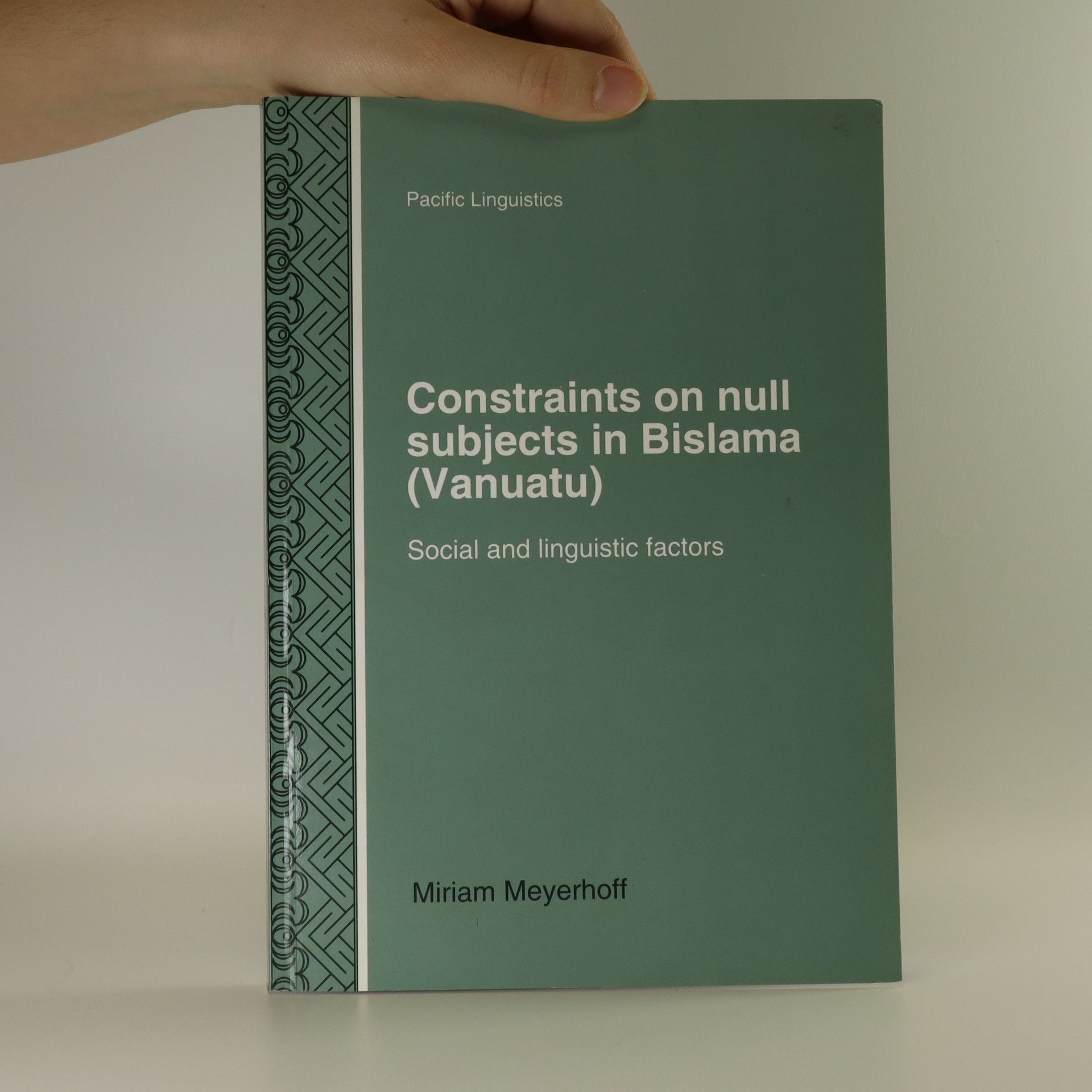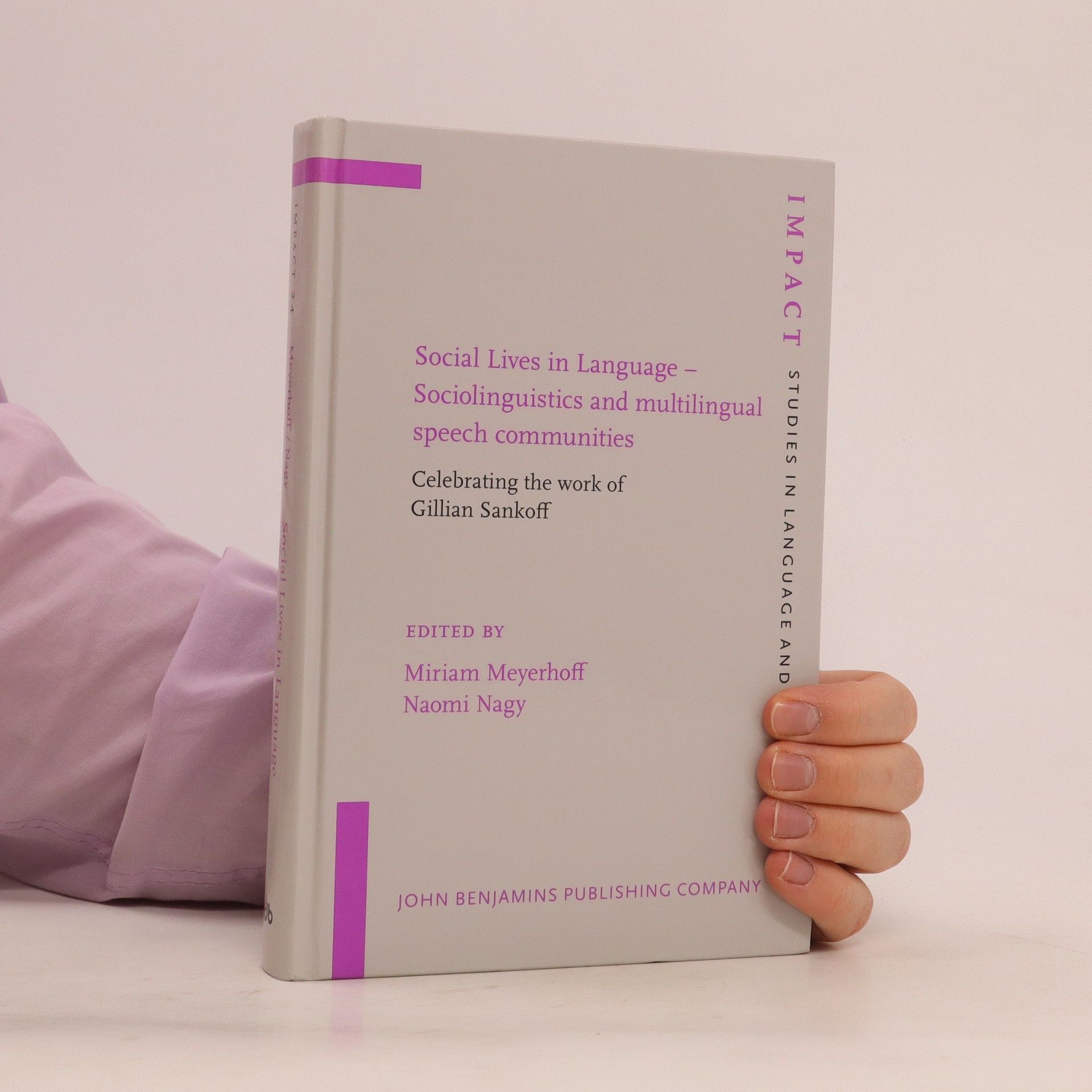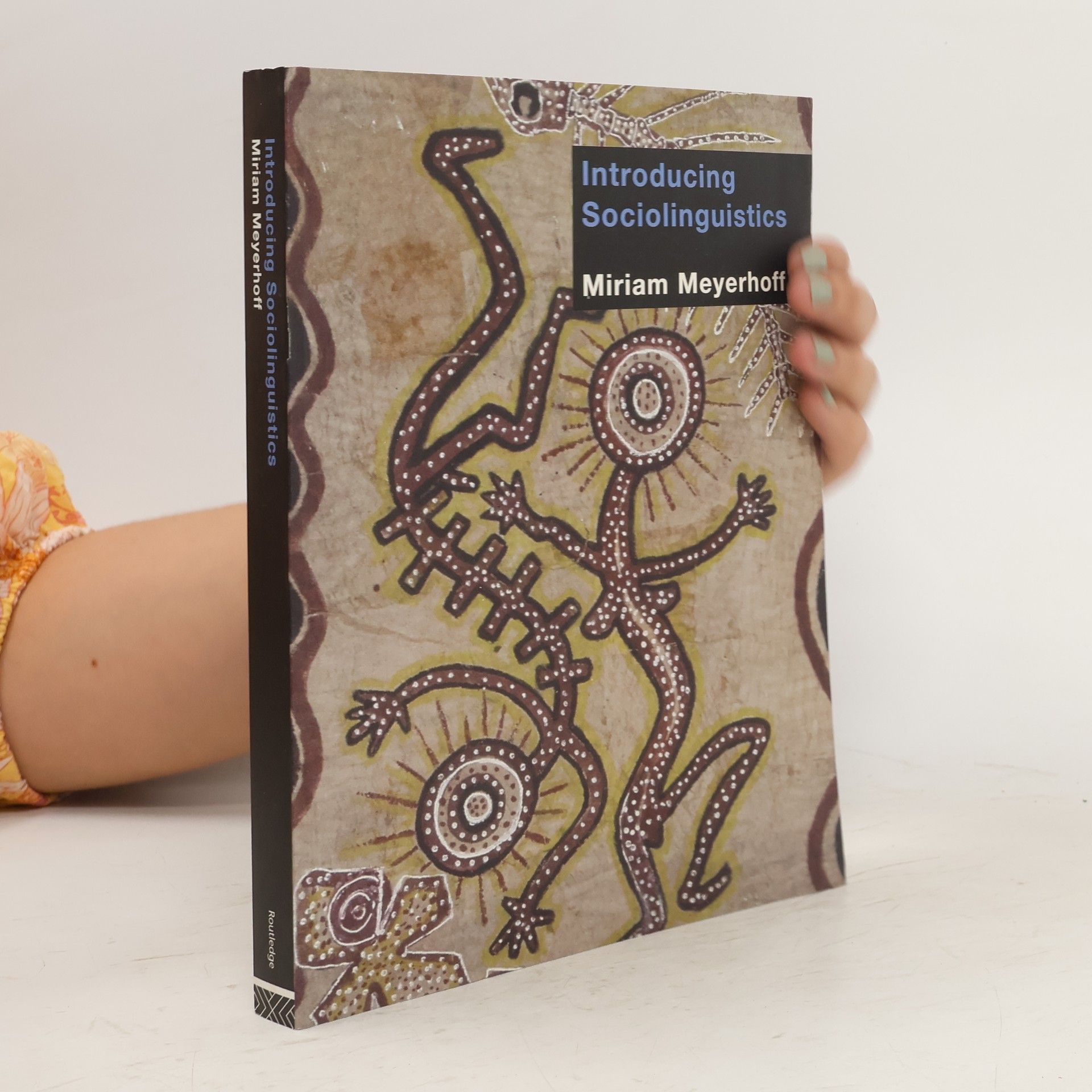This volume offers a synthetic approach to language variation and language ideologies in multilingual communities. Although the vast majority of the world s speech communities are multilingual, much of sociolinguistics ignores this internal diversity. This volume fills this gap, investigating social and linguistic dimensions of variation and change in multilingual communities. Drawing on research in a wide range of countries (Canada, USA, South Africa, Australia, Papua New Guinea, Solomon Islands, Vanuatu), it explores: connections between the fields of creolistics, language/dialect contact, and language acquisition; how the study of variation and change, particularly in cases of additive bilingualism, is central to understanding social and linguistic issues in multilingual communities; how changing language ideologies and changing demographics influence language choice and/or language policy, and the pivotal place of multilingualism in enacting social power and authority, and a rich array of new empirical findings on the dynamics of multilingual speech communities.
Miriam Meyerhoff Book order




- 2008
- 2006
Introducing Sociolinguistics
- 320 pages
- 12 hours of reading
Providing a comprehensive overview of sociolinguistic methods and areas of investigation, this text explains the patterns and systems that underlie language variation in use, as well as the ways in which alternations between different language varieties index personal style, social power and national identity.
- 2005
The handbook of Language and Gender
- 776 pages
- 28 hours of reading
"The Handbook of Language and Gender is a collection of articles written by a team of leading specialists in the field that examines the implications of gender ideologies for the ways we interact. The volume includes data and case-studies from interactions in a number of different social contexts and from a range of different communities, and theoretical discussions about the problems, pitfalls, and potential benefits of research on and discourses about gender." "This handbook provides a comprehensive, up-to-date, and stimulating picture of the field of language and gender for students and researchers in a wide range of disciplines, including linguistics, gender studies, communication, management, psychology, sociology, and anthropology. Book jacket."--Jacket
- 2000
How can developments in a contact language inform the inquiry into the structural nature of language? How do they help us better understand the nature of language change and the processes of grammaticisation? Using data from everyday conversations in Bislama (the national language of Vanuatu), this book focuses on one variable, the alternation between overt pronominal and phonetically null subjects. It shows how an emergent system of subject-verb agreement in Bislama interacts with functional constraints on the interpretability of a subject; this interaction accounts for much of the alternation between the two forms of subject. The rich array of social functions that Bislama serves in the communities studied is examined in some detail, and yet it is shown that as Bislama becomes increasingly elaborate morphosyntactically, this kind of structural innovation takes place largely independently of social factors. By adopting the methods of sociolinguistics grounded in participant observation, and being grounded in theoretical treatments of subject agreement, this volume shows how the study of change in a contact language helps to bridge issues in different subfields of linguistics.